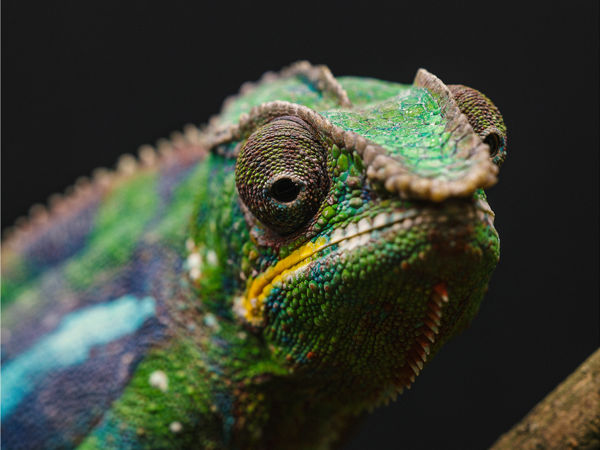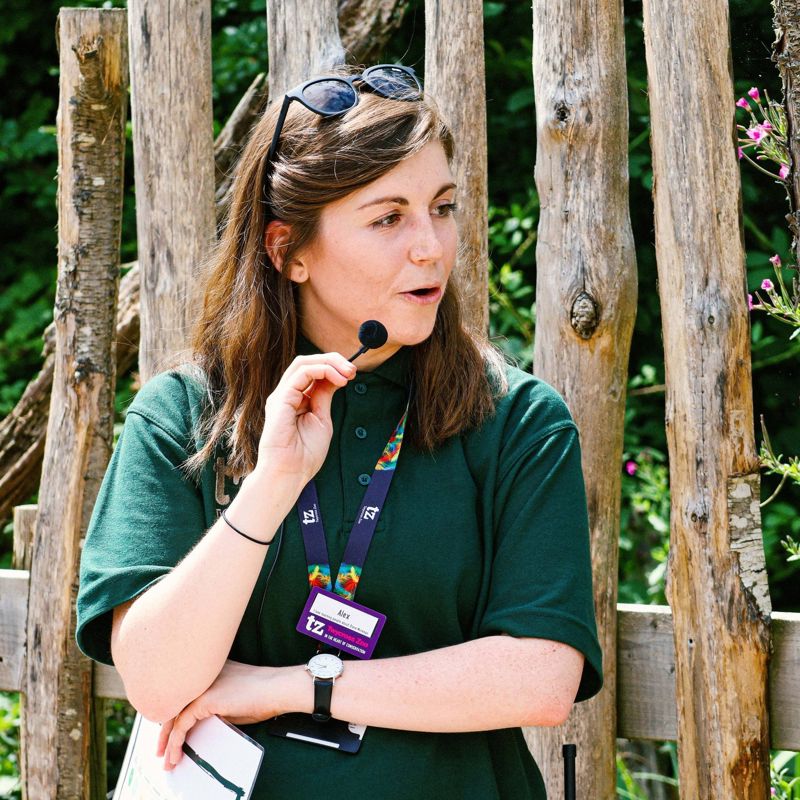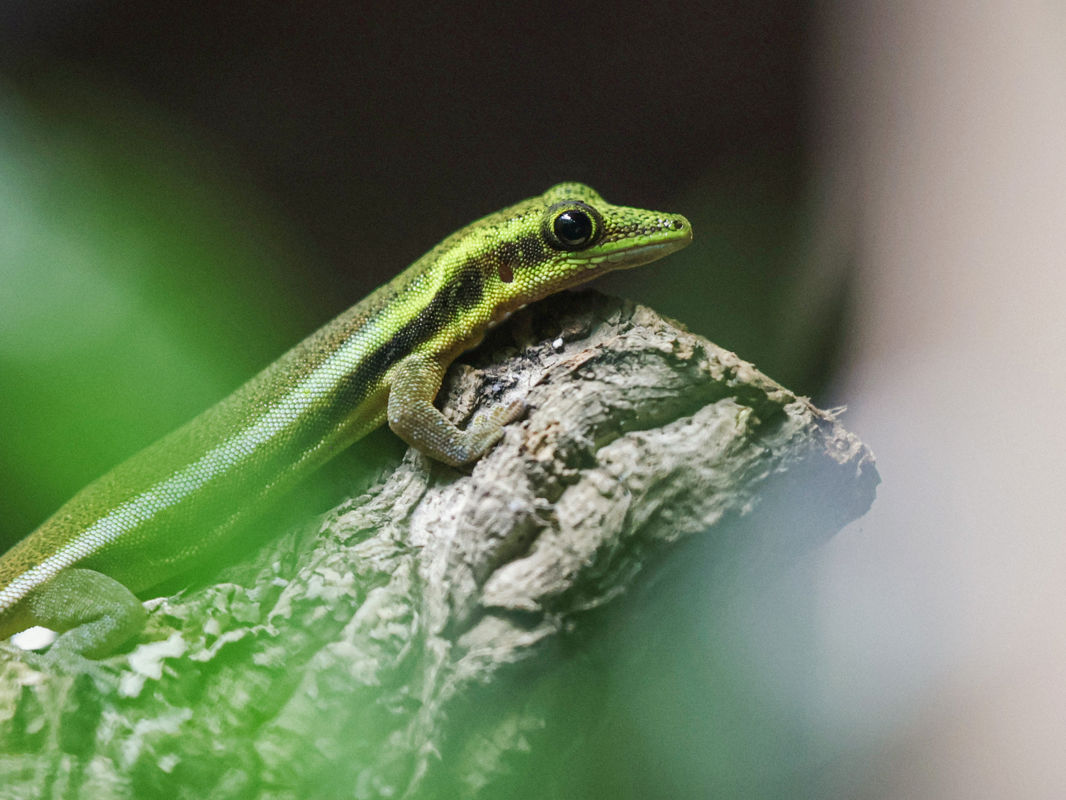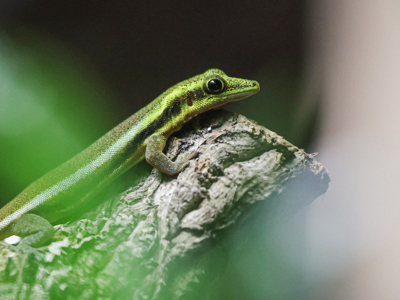
Yellow-headed day gecko
Key Facts:
Scientific name: Phelsuma klemmeri
Range: Two isolated locations on the north and northwest of Madagascar
Habitat: Dry forests and bamboo forests
Diet: Omnivorous (small insects, nectar, fruit pulps
Average size: 3 inches
Life span: 10-15 years
IUCN Red List: Endangered
Yellow-headed day geckos are endemic to Madagascar – this means they’re native to Madagascar and are found exclusively in this country. These distinctive reptiles are and spend much of their time dwelling in dry bamboo forests in two separated locations within Madagascar.
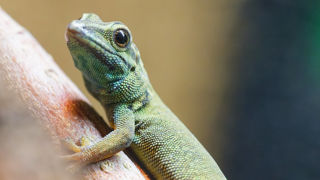
Species from the Phelsuma genus (group of species that are closely related) are known to be excellent pollinators and seed dispersers because of their diet consisting largely of pollen, nectar and fruit, with colourful nectar attracting them to their plants of choice.
Yellow-headed day geckos were only thought to live within the Ampasindava Peninsula of Madagascar. However, in 2008 a two-month survey in western Madagascar revealed this species existed there too, highlighting the importance of making the location a protected area
Adhesive (sticky) toepads made of tiny fibres allow geckos to scale vertical surfaces like bamboo with ease. This natural phenomenon has provided inspiration for the design of many anti-slip surfaces and adhesive products – this is known as biomimicry (where human creations are inspired by natural processes
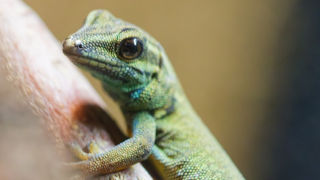
Yellow-headed day geckos are a sexually dimorphic species, meaning that males and females of this species are physically different. In this case, males are significantly larger than females.
This species are diurnal (most active during the daytime), spending their time dwelling amongst Madagascan bamboo forests as habitat specialists (animals that only live within a very specific habitat) 4
Yellow-headed day geckos can reach up to 9cm long and have a dark stripe down each side of their bodies, bordered by a bright blue colouration that sometimes extends onto their back. Otherwise, their backs are speckled and light brown in colour, boasting a yellow head.
Yellow-headed day geckos are Endangered according to the IUCN Red List, meaning they are at substantial risk of extinction. This is due to:
Habitat loss: Yellow-headed day geckos live within the microhabitats of the bamboo forests. However, as bamboo is a popular commodity within this species’ range, these habitats are widely removed, reducing suitable habitat areas for the species
Habitat fragmentation: Yellow-headed day geckos live in two completely separated areas of Madagascar. This makes finding a suitable mate more challenging for them, and increases the likelihood of inbreeding (individuals that are closely related having offspring) which can impact the health of the overall species.
-
![362277039 664600909026309 8369226469419348221 N]()
What we're doing...
Our dedicated team of Animal Keepers provide this reptile with the precise care that they need, alongside many other zoos across Europe, which contributes to the overall safeguarding and protection of this Endangered species . Our dedicated Conservation Education team are on hand to discuss the threats that yellow-headed day geckos face, and the challenges associated with habitat loss and fragmentation more broadly . -
![Yellow Headed Day Gecko In Close Encounters 3]()
How you can help?
By buying products that have been certified by the Forest Stewardship Council, consumers can be reassured that the wood used to produce these products has been harvested sustainably.
